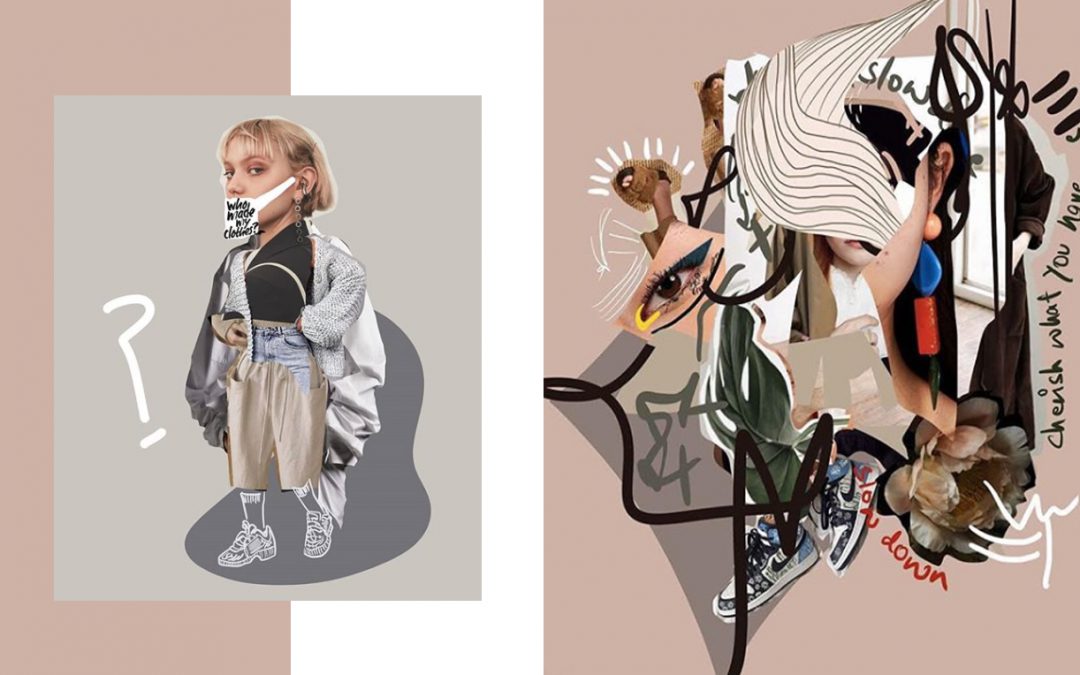24th April 2020 – A day marked with soot in the fashion history. A day, when seven years ago, over a thousand garment industry workers in Bangladesh lost their lives to the materialistic greed of fast fashion. A day when the cracks in the crumbling foundation of the Rana Plaza echoed with the cracks in the functioning of the industry. A day when the fashion world was forced to pause and take a hard look at itself and acknowledge the heavy cost at which it makes its profits.
What’s ‘The True Cost’ of Fashion and our mindless sartorial consumption? Filmmaker Andrew Morgan posed this question and worked to answer it with his seminal 2015 documentary film exploring catastrophic impact of fast fashion on the environment, the fragile ecological balance and the living and health conditions of the millions of people it employs across the world. Mr. Morgan’s main hope from the film was to spark a debate on the topic, and get people to make better-informed, sustainable, conscientious choices when it came to their clothing.
Stirred finally from its rosy stupor, the industry slowly began its journey towards sustainability. With actions in fits and bursts to re-track and even the ground it trampled upon for years if not centuries. Today, United Nations Alliance for Sustainable Fashion, global movement ‘Fashion Revolution’, global luxury group and the world’s second most sustainable organisation, Kering (Gucci, Saint Laurent, Alexander McQueen) and many others are all working to ensure cleaner, safer and fairer practices in the sourcing, production and consumption of clothing.
More brands are now making statements with their efforts for sustainability. Stella McCartney is a brilliant example of a truly sustainable approach. All its stores, offices and studios both in and out of the UK are powered by renewable energy, while their collections use as much organic cotton as possible, along with research to find new materials and new ecological processes. Everlane boasts of having the world’s cleanest denim factory by recycling 98% of its water – this is for a fabric whose washing typically uses up exorbitant volumes of the increasingly scarce natural resource. Another global biggie, Patagonia gives the option to customers to get their clothing repaired.
Closer home, more and more brands are joining the cause with their own ironclad purpose in play. London College of Fashion graduate Nimish Shah’s label Shift makes use of sustainable materials, while Anita Dongre’s Grassroots empowers handicraft artisans in rural areas. Another innovator in sustainable fashion, ASLEE is known for its use of hemp and bamboo in an attempt to make clothes with ecologically responsible fabrics. Their strict adherence to their purpose flows into everything they do from their manufacturing and production to their marketing and promotion. No Nasties is an organic, fair trade, vegan-clothing brand that plants a tree every new day they are still in business.
But what fills us with a special sort of sartorial pride is seeing our students put into practice their learnings from their alma mater. Kriti Tula’s Doodlage is involved in upcycling and recycling old clothes, and experimenting with cotton polyester, corn, eucalyptus, and banana fabrics in an effort to achieve zero waste. Jayati Goenka’s eponymous label seeks to bring neighbourhood crafts and modern-day aesthetics closer, while Pallavi Yadav’s Palsh Design empowers women working in and around Delhi by providing about 40-50 of them with economic independence. Seerat Virdi’s innovative label Miseu actually allows the wearer to take apart elements of a design and use it to create another silhouette! We love how they’ve found their own sweet spots where they serve a larger purpose for society and get to express themselves too.
Here at Pearl Academy, sustainability is at the very core of our teachings to students. In every new venture that they set out for, we instill in them the thought that they must create value and add a positive impact to the society. To aspire to such a standard requires by default to find innovative business models and process through which we can make this happen. To this end, our students continue to take part in many initiatives like the movement #KhadiGoesGlobal, Open Lab 2 organised by the School of Creative Practice to achieve a plastic-free campus, the installation to celebrate 150 Years of Mahatma Gandhi through a Sustainable Khadi Collection Display and many others. Through all of them, we imbue in our students the sense that sustainable fashion is the only way forward.
And if you’re planning to study fashion and pursue it as a career one day, our advice is to always remember that the consumers you’re going to market your product to are becoming increasingly conscious of their own carbon footprint, and as such want to align themselves with brands opting for sustainable practices. The Indian fashion market is witnessing a consumer mindset shift from occasion driven to everyday clothing that would last long. Fashion Revolution India urges consumers to ask brands ‘#WhoMadeMyClothes’. Instead of sustainability being an element of your would-be business, it needs to be at its very core. Some starter points to keep in mind are to choose renewable energy wherever possible, and to extend the life cycle of the product to include repair, remake, reuse, and recycling.
As a fashion designer it is important to be very clear about your purpose, work diligently for it, and make sure it is something that your customers can get behind.












